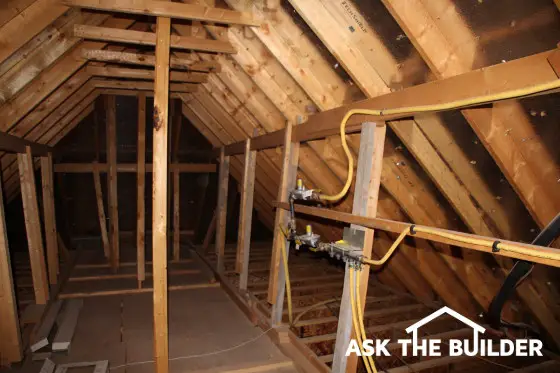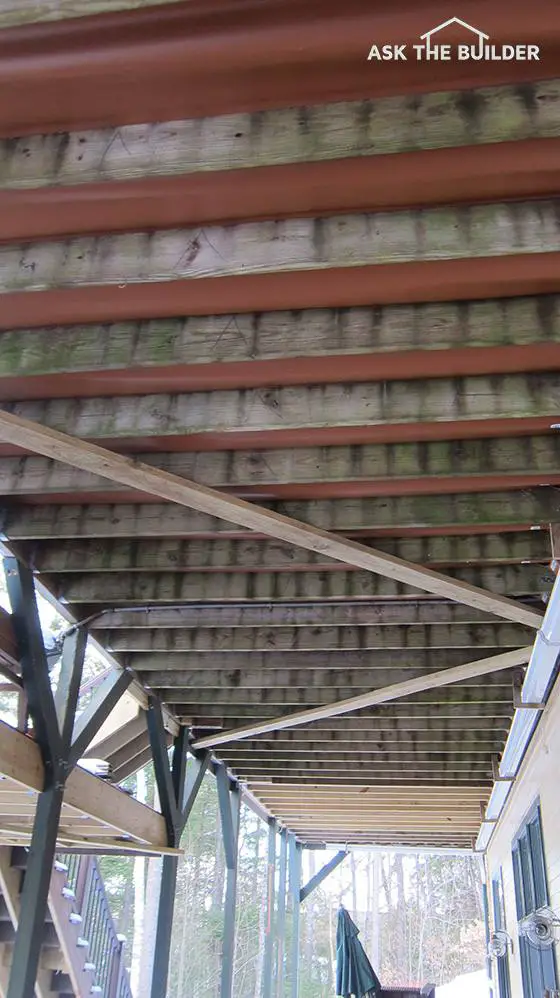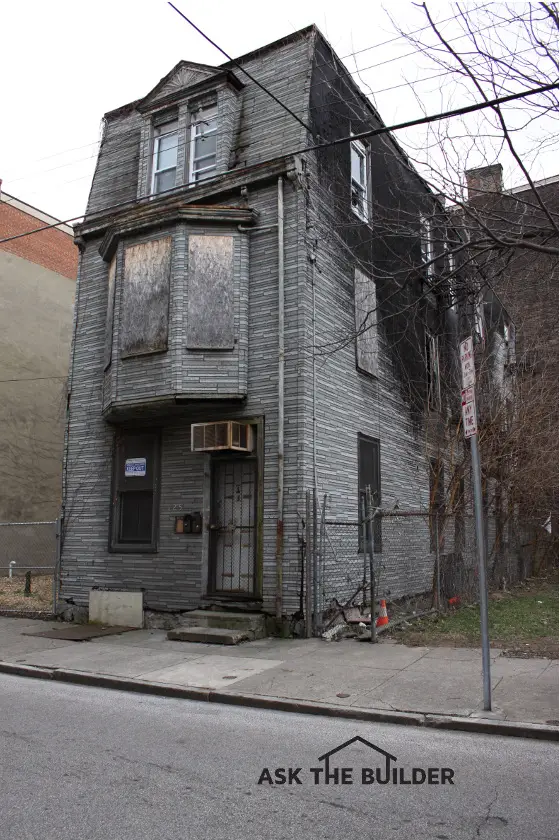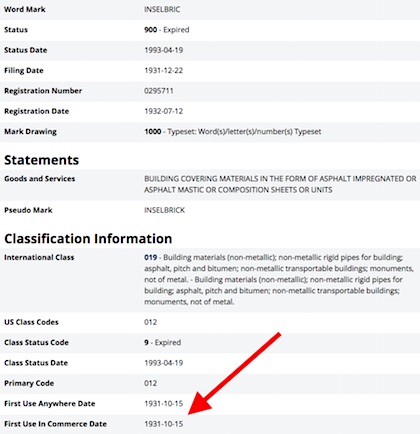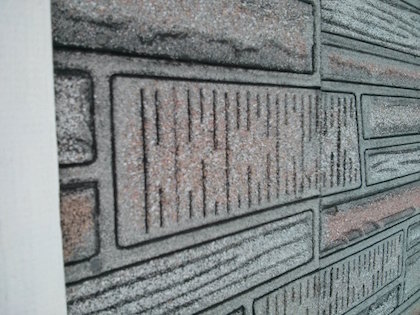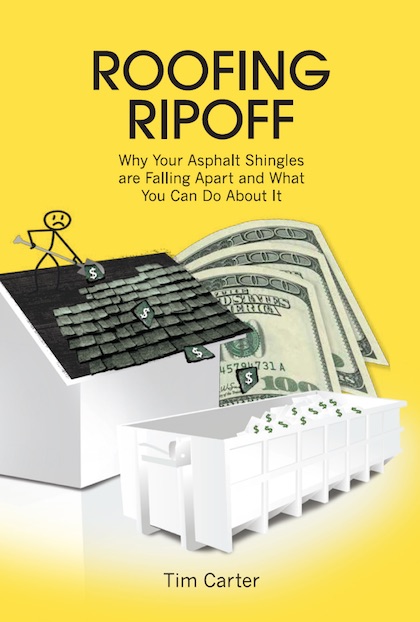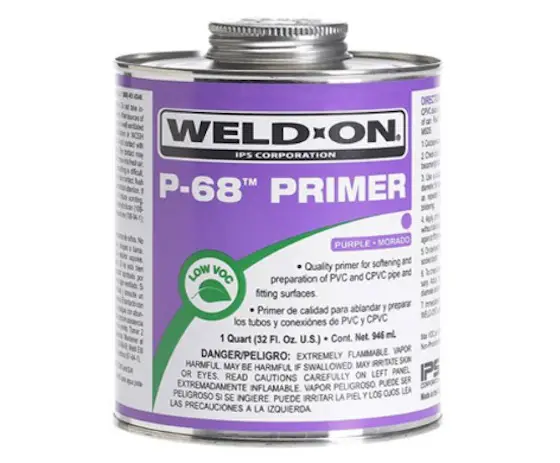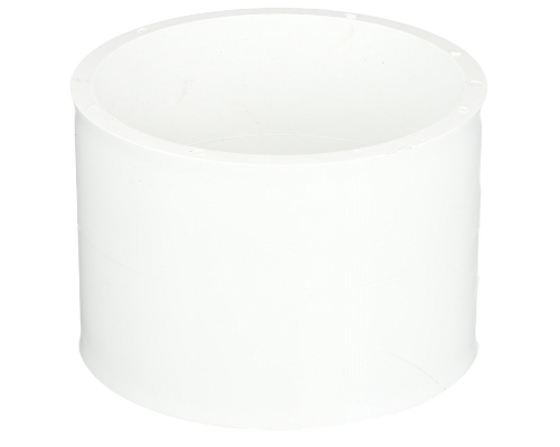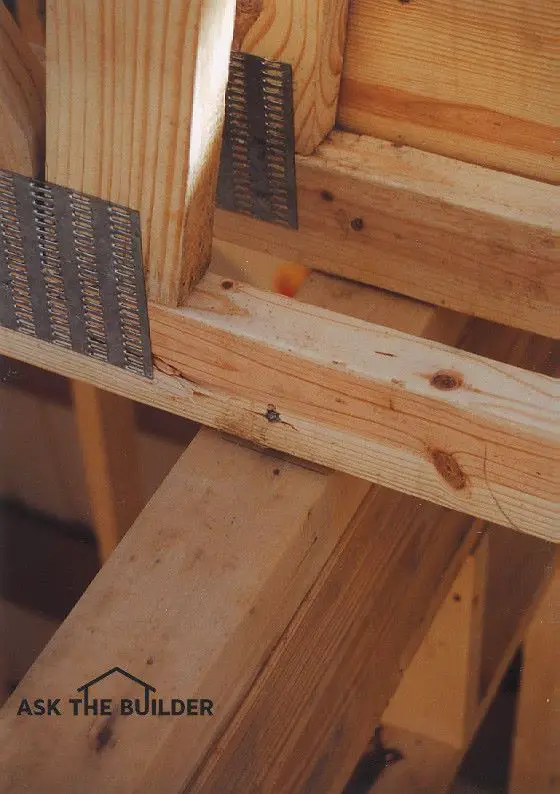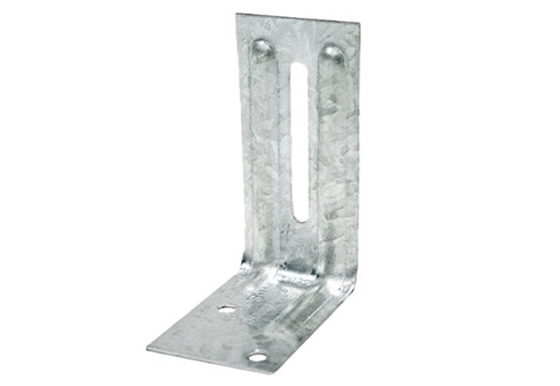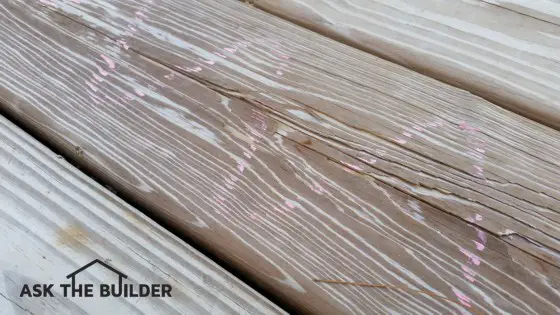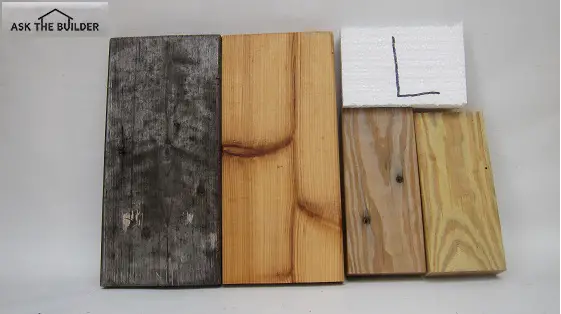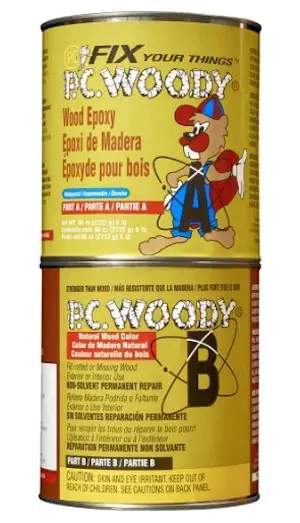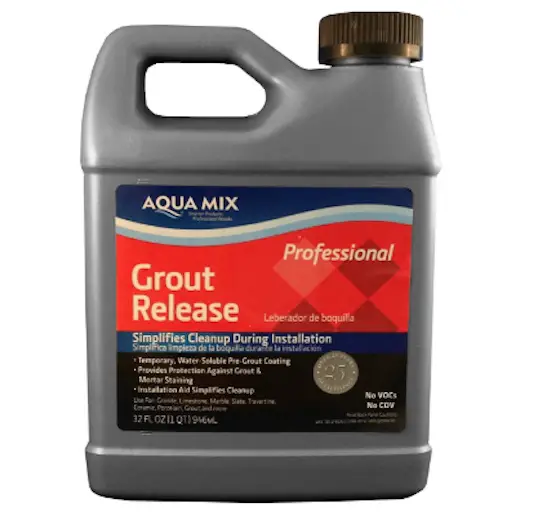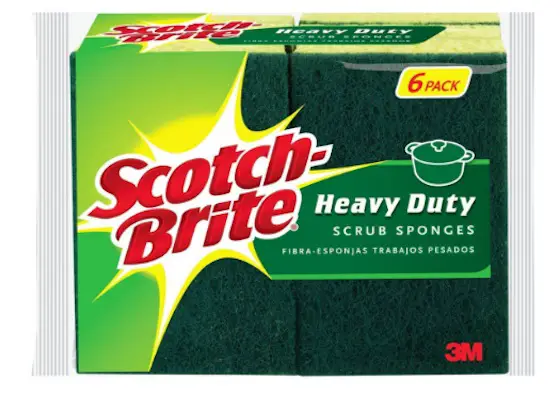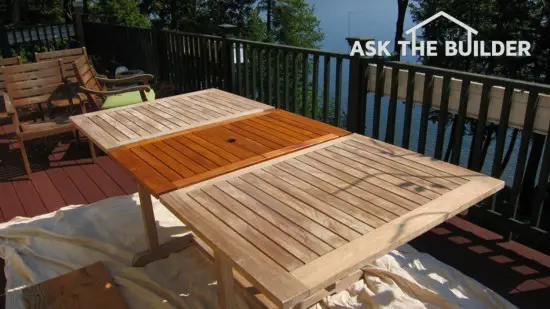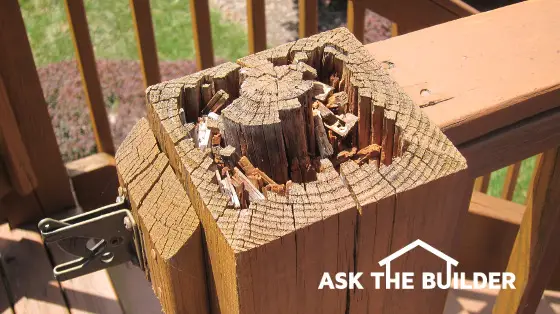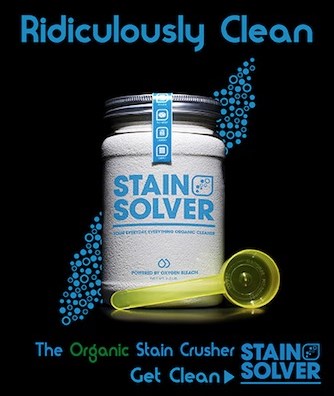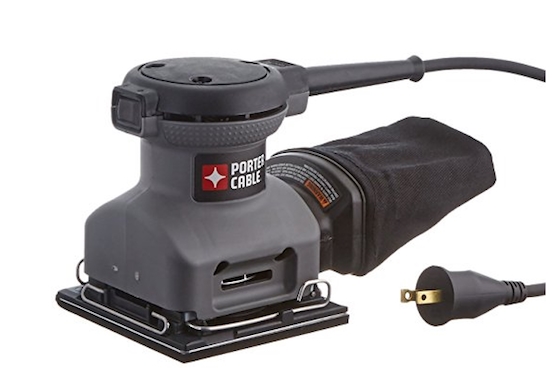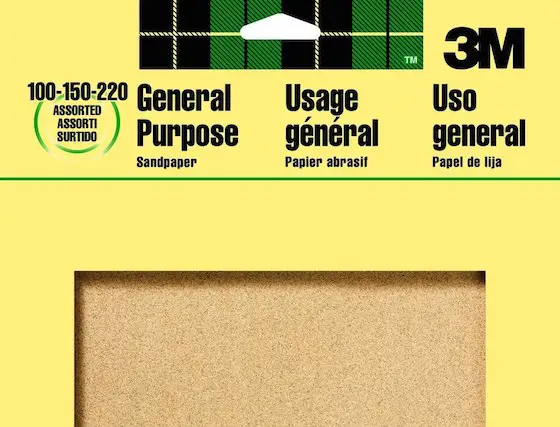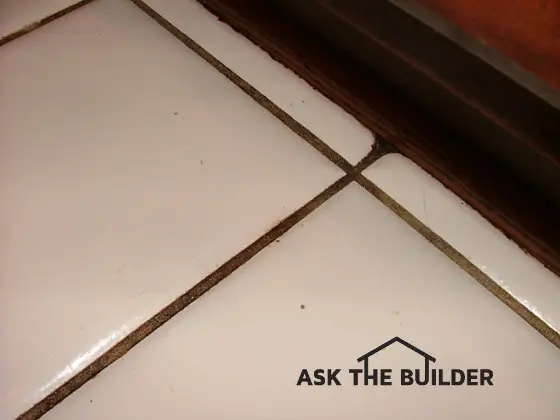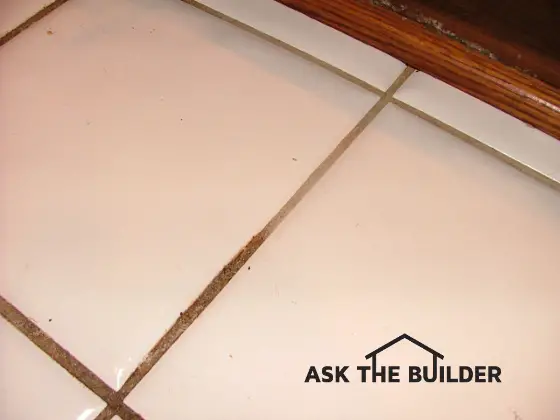If you're a new subscriber in the past week or so, this is a slightly different newsletter, so hang in there. This issue is dedicated to two things that are near and dear to many seasoned subscribers, so that's why it's slightly quirky.
Welcome by the way!
Providence RI Meet Up?
In just five days, I'm making a one-day trip from central New Hampshire down to Providence, Rhode Island. I'll be there just about 12 hours this coming Friday, March 24, 2017.
I'm attending the JLC Live trade show. I'm going there to scout new building products and tools to share with you.
CLICK HERE to see a list of all the exhibitors.
When I travel, I try to carve out some time to get to meet you. We can have a meet up at the convention center lobby in downtown where the show is or have it within a block or two at some quieter place such as a sit-down coffee shop.
I'm thinking we could hang out after 5 p.m. because it doesn't make sense for me to try to battle rush-hour traffic going back up to New Hampshire.
I might as well sit with you than sit alone in the dark in my Volvo V 70-XC in the 1-95 parking lot south of Waltham, MA or in between Lowell, MA and Nashua, NH.
If you're interested in hanging out to chit chat, REPLY to this message and change the subject line to: Providence Meet Up.
I'll then get in touch with you about the exact time and place.
Spring Stain Solver Sale
The first day of spring is officially tomorrow, March 20, 2017. It starts at 12:30 a.m.
If you're a new subscriber this means that it's time for the Stain Solver Spring Sale!
What is Stain Solver?
It's a magical certified organic oxygen bleach my wife, Kathy, and I have been making and selling since 1996.
On Monday, the factory begins packaging a FRESH NEW batch for you. Twenty-thousand pounds of the powder has already been blended.
Tomorrow, they start to put it in the different sized containers.
I don't want to have the sale start until they make all the new sizes so you won't get the secret discount PROMO CODE for a few more days.
If you've never tried Stain Solver, this is your time. I wanted to share some of my FAVORITE Before and After photos sent in by customers just like you.
I don't need to try to sell you. Your fellow customers will do it for me with their photos.
Stain Solver cleans just about ANYTHING.
If it's water washable, then Stain Solver will clean it. The only things you shouldn't use it on are new redwood, and natural wool or silk that's never been dyed.
But everything else is fair game!
Click the following links to see how well Stain Solver performed:
Muddy White T-Shirt Restored to NEW!
Dark Cedar Siding Now RESTORED!
Stunning Before / After Wood Deck Cleaning
Blackberry Stained T-Shirt - Unbelievable
SCORCHED Coffee Roaster Bin - CLICK HERE FOR SURE
Outdoor Textured Ceramic Tile STUNNING CHANGE
RED WINE on WHITE PANTS - No Problem!
Remove Roof, Deck, Patio, Siding Algae
My ALL TIME FAVORITE BEFORE AND AFTER PHOTO
Drum Roll Please.........
Baseball Hat Transformation - You'll NOT BELIEVE THIS
Here's my recommendation:
If you've NOT YET TRIED Stain Solver, perhaps start with one of our small sample sizes.
I can SHIP THE SAMPLE SIZE IMMEDIATELY - like tomorrow morning.
It comes in an 8-ounce jar and has enough powder to mix 2 gallons of solution for indoor jobs and 1 gallon for an outdoor test.
The price of this sample size, including FREE SHIPPING to any US town or territory - yes, it ships to Guam or the Virgin Islands!!!! - is just $9.97.
CLICK HERE now to order this small sample size TODAY. It's the top radio button in the upper right corner. CLICK that button.
Roofing Ripoff Book COMPLETE!
I've been working for over a year on a special expose' book that discloses why your asphalt shingles are falling apart.
Years ago, asphalt shingles would last 25 or 30 years before they started to look shabby. Now many people are seeing degradation after just 5 or 7 years.
It happened to me!!!! I had an asphalt shingle roof with a 30-year warranty and after 15 years it looked like it was 50 years old.
I finished the book yesterday. Currently, it's been looked at by a professional proofreader for grammar and typos.
I expect you'll be able to get an electronic PDF version by the end of this coming week. I'll possibly have the Kindle version available a few days after that.
The final formatting for the paperback version is going to take just a little longer, so if you want a paperback copy, you'll get it last.
I'll be releasing FREE sample chapters for you within days. I can't do that until I'm sure the book has no tiny flaws in it.
Here's the great news.
In the book, I share the product I discovered that will allow you to get your asphalt shingle roof to last 30, 40 or who-knows-how long!!!!
That's what caused the delay in the book. I was trying to get this discovery of mine patented. You'll read all about it in the book.
I'm going to tape a video for you about the book tomorrow or Tuesday. When you see the video, I think you'll go nuts.
The book is not terribly long, perhaps it will take you just an hour to read.
It's loaded with some great photographs and I believe when you see them and read what's going on, you're going to be none too happy.
If you happen to work for a US Congressman or Senator, you may even be contacting me. This is serious business and millions of USA, and Canadian, homeowners are suffering financial hardship because shingles are falling apart TOO FAST.
I've appeared and testified in front of Congress three times over the past eleven years and am prepared to do it now on your behalf.
Do you remember how Ralph Nader took on the US auto industry back in 1965? Who knows, maybe I'll get into the spotlight like he did.
Watch this video ..... CLICK HERE.
If you work for any news outlet (local/national TV and radio, newspapers, magazines, etc.) that covers consumer news, you may want to start to get in touch with me.
I can tell you the US Asphalt Roofing industry thinks I'm public enemy Numero Uno right now. You'll see why within 30 minutes of reading the book.
LATEST REVISED COLUMNS
If you're a new subscriber, you're unaware of a huge project I've started.
I'm revising just about every page of content at AsktheBuilder.com. It's going to take many months.
Here's the EASY way to see all the revised columns.
Just go to the Q & A section of my website and start moving down the list. As each column gets revised, it gets put at the TOP of that list.
CLICK HERE to get to the Q & A category.
You can always identify a revised column because it will have a bullet-point list at the top of the TOP POINTS in the column.
CLICK HERE to see an example of a revised column with the bullet-point list.
Okay, that's enough for today.
You'll be hearing from me this week about the book and the Stain Solver promo code.
You'll have to act FAST on the Stain Solver because there's only a LIMITED AMOUNT that's being made.
You may feel 20,000 pounds is a lot, well not when just 2,000 orders come in.
We could sell out of smaller sizes in just a few days.
Tim Carter
Founder - www.AsktheBuilder.com
Do It Right, Not Over!
